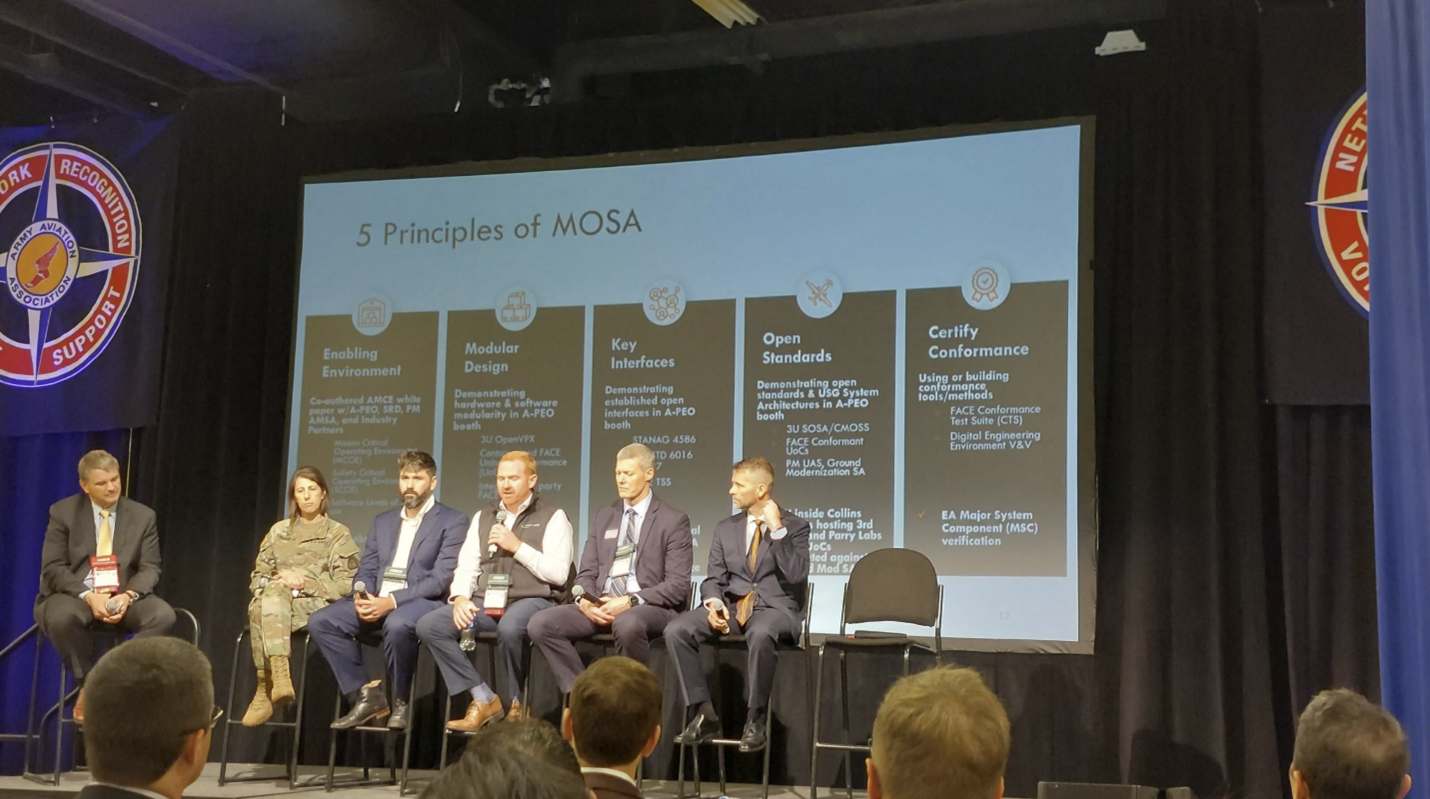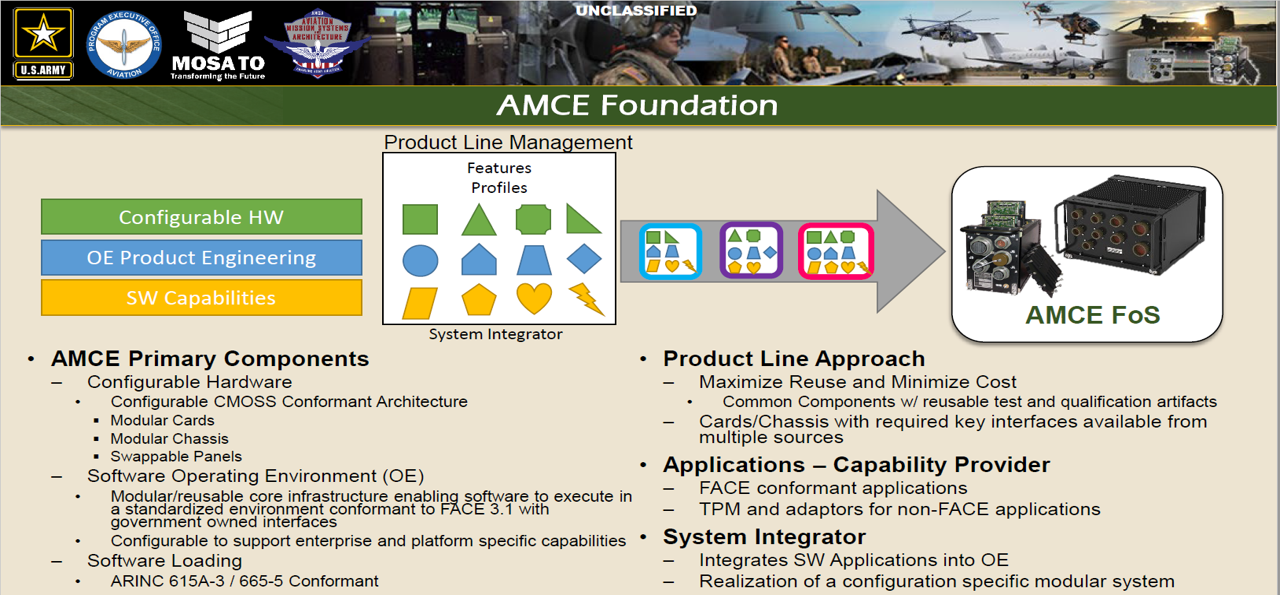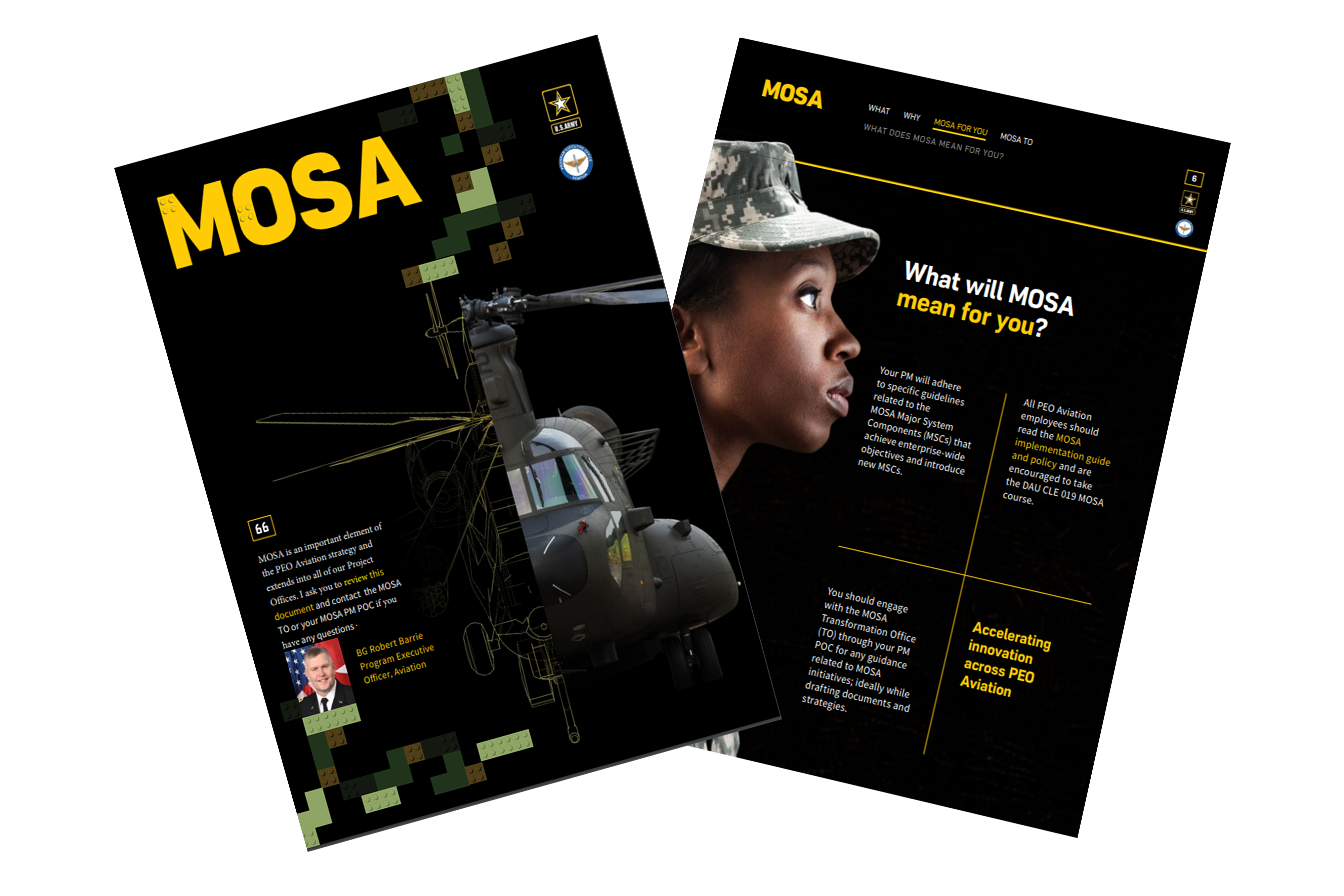MOSA
INDUSTRY STANDARD
MOSA
INDUSTRY STANDARD
is aligning to industry standards enough?
Lynx CTO Will Keegan shares his thoughts on whether aligning to industry standards is enough for developing mission-critical systems.
Lynx Executive Voice
U.S. DOD OBJECTIVES
The U.S. Department of Defense’s (DoD) Modular Open Systems Approach (MOSA) aims to design systems with highly cohesive, loosely coupled, and severable modules that can be competitively sourced from independent suppliers.
5 Principles of MOSA
Dave Walsh, VP of Engineering, Parry Labs, explained the five principles of MOSA at “Quad A” in April 2023. The combination of market advocacy and push from the US Army around MOSA and the pioneering work from a series of like-minded ecosystem companies means that this activity is gathering momentum. There is strong advocacy in market forums from the US Army about the “why” behind MOSA and announcements about MOSA-compliant systems, including the RAIDER X and this ground platform from L3Harris.
At Lynx, we see the support of mission-critical system standards as just the start. That is because APIs don’t define system behavior and timing. Read this piece by our CTO, Will Keegan, for more thoughts on this topic.

Aviation Mission Computing Environment
The Program Executive Office (PEO) of the US Army faces the challenge of modular and incremental deployment of software capabilities. The PEO Aviation (AVN) Enterprise has a platform entitled “Aviation Mission Computing Environment” (AMCE) and is developing its Component Specification Model (CSM). The AMCE CSM comprises configurable processing, Software Operating Environment (SOE), and software loading requirements.
At the 79th Annual Forum of the Vertical Flight Society’s 79th (May 2023), a paper proposed definitions for software modules, operating system properties, and key technologies for two distinct SOEs:
- A mission system SOE
- A safety-critical SOE intended to address the Army Aviation Airworthiness Release (AWR)
This collaborative paper was developed by companies that include Collins Aerospace, JHNA, Lynx, Parry Labs, RTI, and US Army PEO.
The Vertical Flight Society is distributing this paper. If you need help tracking it down via that path, please get in touch with us here.

Graphic shared with full permission of Parry Labs and US Army PEO
Lynx In Lockstep with MOSA
We feel LYNX MOSA.ic aligns with the values and objectives behind MOSA in the following ways:
Support of Open Standards
Customers have praised LYNX MOSA.ic for its strong compatibility with POSIX, simplifying the reuse of software written for Linux. It is also conformant to the latest FACE standard.
Certify Conformance
In addition to being fully FACE conformant, LYNX MOSA.ic has been certified to DO-178C DAL A certification on multiple programs. This reduces program risk, certification costs, and customer program development time.
Modular Design
LynxSecure, the hypervisor at the heart of LYNX MOSA.ic, establishes secure, isolated partitions.
Reduced Vendor Lock-in
Our open technology and business model allows customers, not vendors, to utilize appropriate technology for the application.
ADDITIONAL MATERIALS
To learn more, download the PEO Aviation Information Pack and Guidance below:
PEO Aviation MOSA InfoPackPEO Aviation Implementation Guide
PEO Aviation MOSA Policy Skinny
Reference Architecture Description Document (RADD) Skinny
PEO Aviation Website





